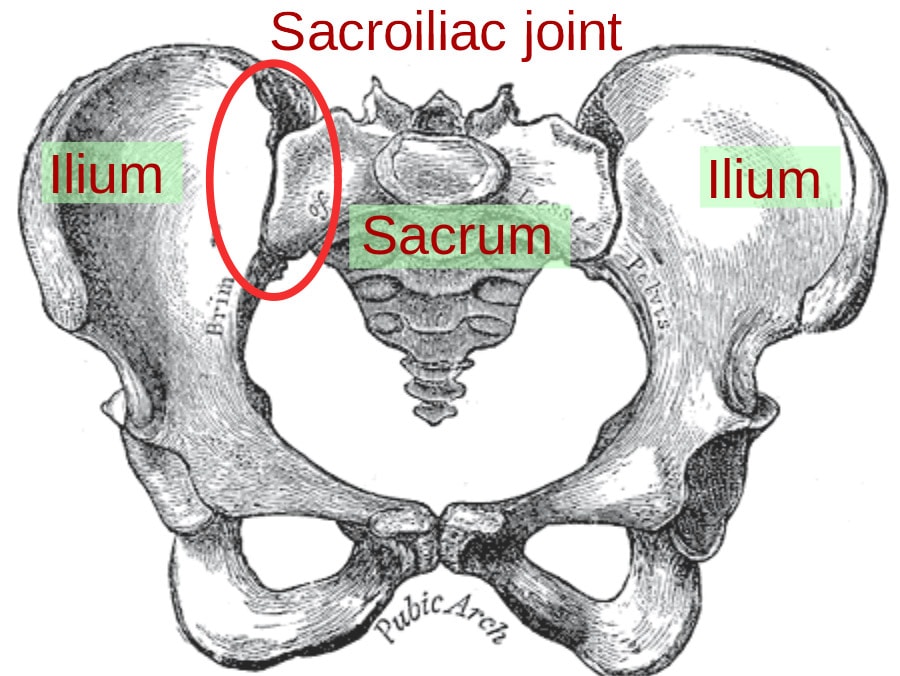Abstract
Slipman CW, Jackson HB, Lipetz JS, Chan KT, Lenrow D, Vresilovic EJ. Sacroiliac joint pain referral zones. Arch Phys Med Rehabil 2000;81:334-8. Objective: To determine the patterns of pain referral from the sacroiliac joint. Study Design: Retrospective. Participants/Methods: Fifty consecutive patients who satisfied clinical criteria and demonstrated a positive diagnostic response to a fluoroscopically guided sacroiliac joint injection were included. Each patient’s preinjection pain description was used to determine areas of pain referral, and 18 potential pain-referral zones were established. Outcome Measures: Observed areas of pain referral. Results: Eighteen men (36.0%) and 32 women (64.0%) were included with a mean age of 42.5 years (range, 20 to 75 yrs) and a mean symptom duration of 18.2 months (range, 1 to 72 mo). Forty-seven patients (94.0%) described buttock pain, and 36 patients (72.0%) described lower lumbar pain. Groin pain was described in 7 patients (14.0%). Twenty-five patients (50.0%) described associated lower-extremity pain. Fourteen patients (28.0%) described leg pain distal to the knee, and 6 patients (14.0%) reported foot pain. Eighteen patterns of pain referral were observed. A statistically significant relationship was identified between pain location and age, with younger patients more likely to describe pain distal to the knee.Conclusions: Pain referral from the sacroiliac joint does not appear to be limited to the lumbar region and buttock. The variable patterns of pain referral observed may arise for several reasons, including the joint’s complex innervation, sclerotomal pain referral, irritation of adjacent structures, and varying locations of injury with the sacroiliac joint. © 2000 by the American Congress of Rehabilitation Medicine and the American Academy of Physical Medicine and Rehabilitation
Source: http://www.archives-pmr.org/article/S0003-9993(00)90080-7/fulltext

